The workshop receives costumes and items of clothing, furnishing and interior decoration textiles, archaeological fabrics, flags, ethnographic objects, and so on. An in-depth module has been set up for the conservation-restoration of tapestries.
The Textile Arts workshop is supervised by Patricia Dal-Prà and Cécile Argenton.
Patricia Dal Prà is responsible for the speciality, and teaches and coordinates the teaching of textile conservation-restoration. She is an independent heritage restorer of textiles and a consultant in preventive conservation.
Cécile Argenton assists Patricia Dal Prà in teaching textile conservation-restoration. She is also a freelance conservator- restorer.
Work in workshop
Conservation-restoration is taught firstly through exercises in observation and description (condition reporting), followed by interpretation (diagnosis, prognosis) and then by the implementation of treatments on objects and documents entrusted to the department by public institutions.
Students thus work in a professional context, in their relation with the institution and the person responsible for the object. Students are also taught practical techniques (embroidery, weaving, cutting, etc.).


From left to right:
Hennion, Gaëlle, "Un éventail à système Musée de Picardie, à Amiens", Médiathèque numérique de l'Inp, https://mediatheque-numerique.inp.fr/documentation-oeuvres/rapports-res…
Arbelet, Manon, "Rapport de restauration (Sac à tefillins de la génizah de Dambach la ville)", Médiathèque numérique de l'Inp, https://mediatheque-numerique.inp.fr/documentation-oeuvres/rapports-res…
Internships and field-schools
During their 3rd year, student conservators-restorers have a 3-month internship in France at a public institution, a regional or local studio, a service with national competence or with an independent restorer. In their 4th year, they add to their professional experience with a 22-week practical internship in an institutional or private restoration studio abroad.
This is an opportunity for them to put their knowledge into practice, to acquire new skills and build a professional network while discovering other methods and considerations.
At the same time, the students attend field-schools.
From their first year of training, students in conservation-restoration participate in preventive conservation projects. Over the next four years, they interact in field-schools in France and abroad thus giving them a first hands-on experience under the supervision of the coordinators of each of the specialties.
This unique pedagogical approach received the EU Cultural Heritage Prize / Europa Nostra Award in 2018.
Since 1991, the Institut national du patrimoine has held 233 field schools in France and abroad, at major institutions such as the Louvre, the Sorbonne and the Petit Palais, as well as in the provinces, such as in Lourdes, Dijon and Strasbourg, and outside France, in the Lebanon, Italy, Senegal, Albania, India and China.
Master's thesis
The fifth year is the degree year, during which the student is placed in a professional situation and manages a conservation-restoration project independently under the guidance of a thesis director, the head of the workshop, their assistant or an external advisor.





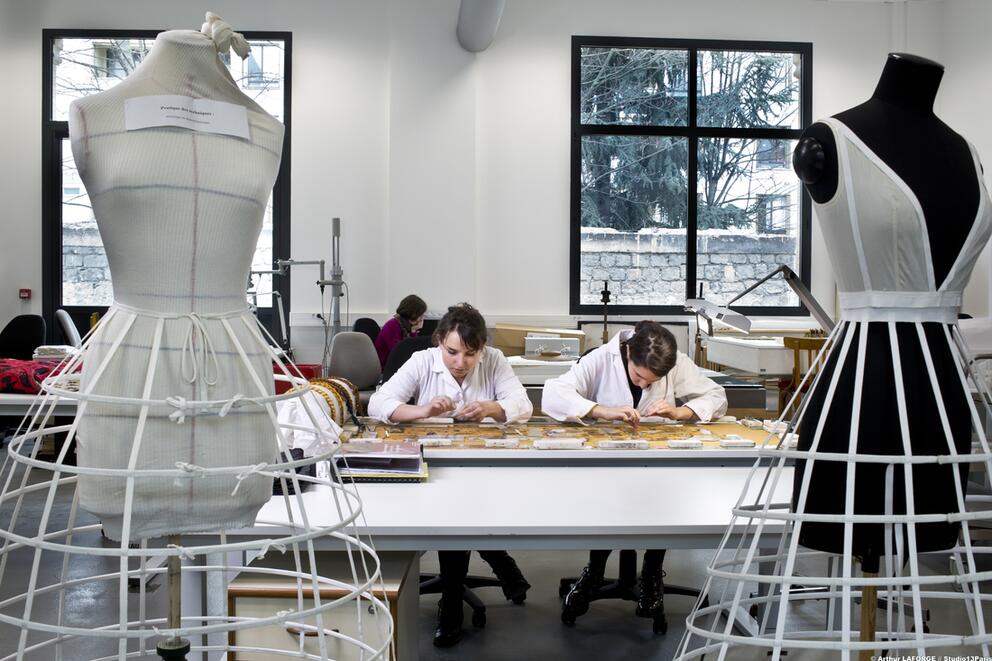
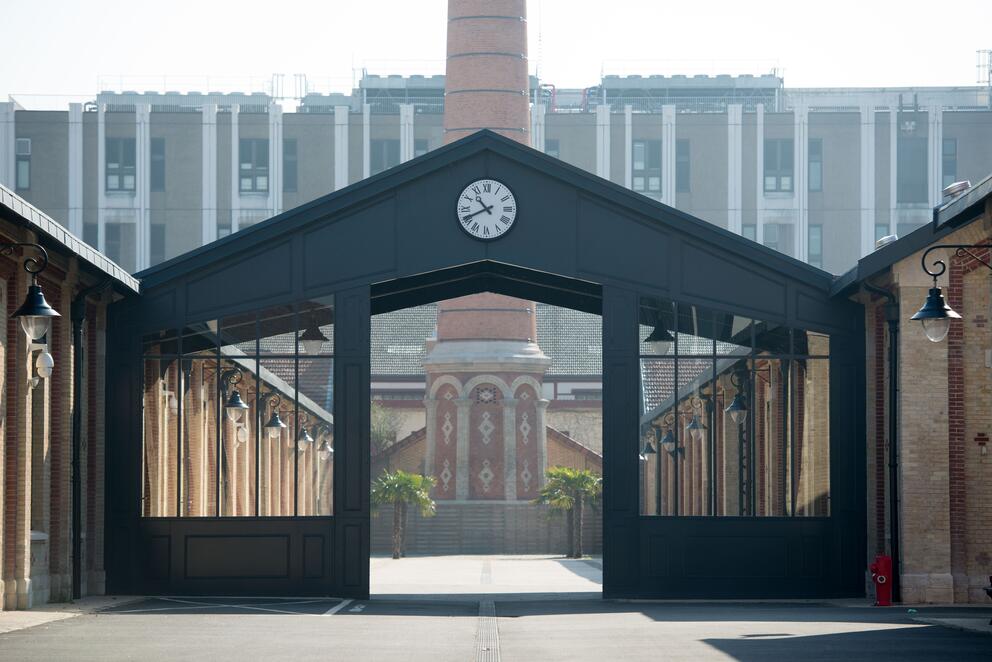




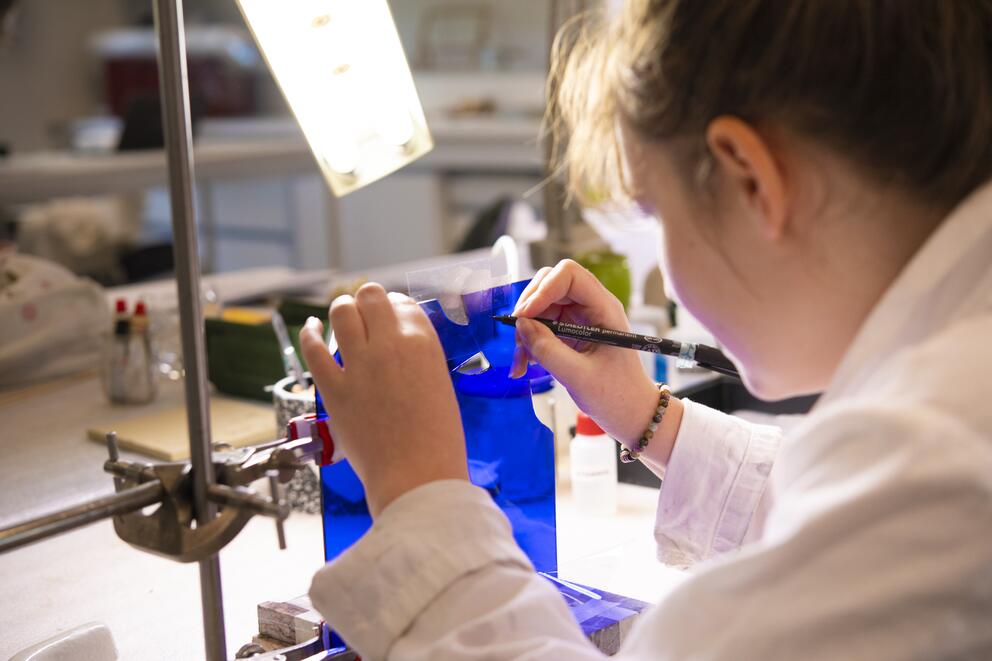


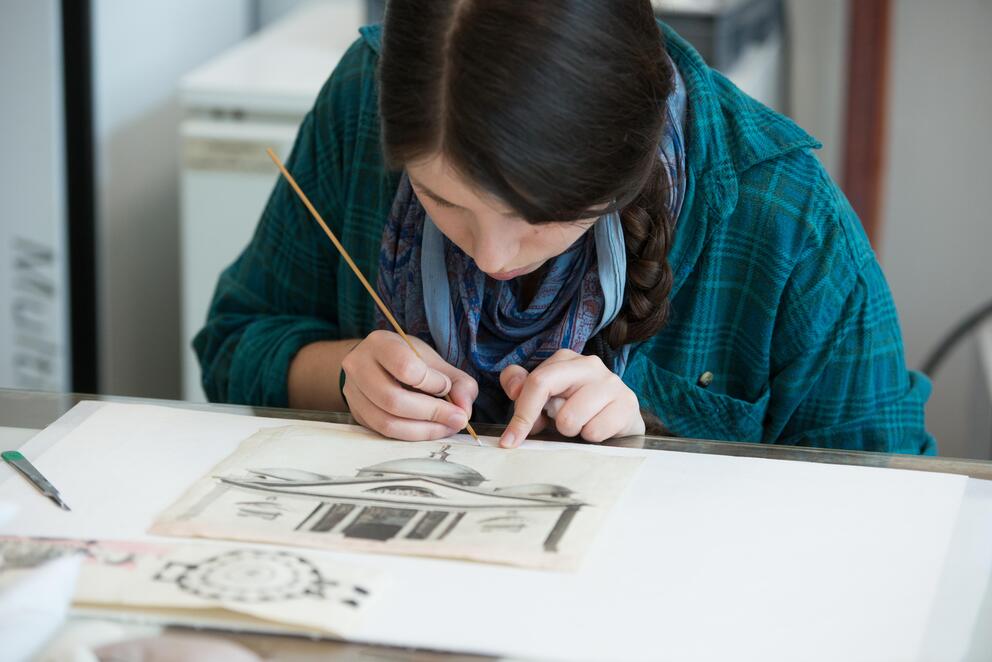
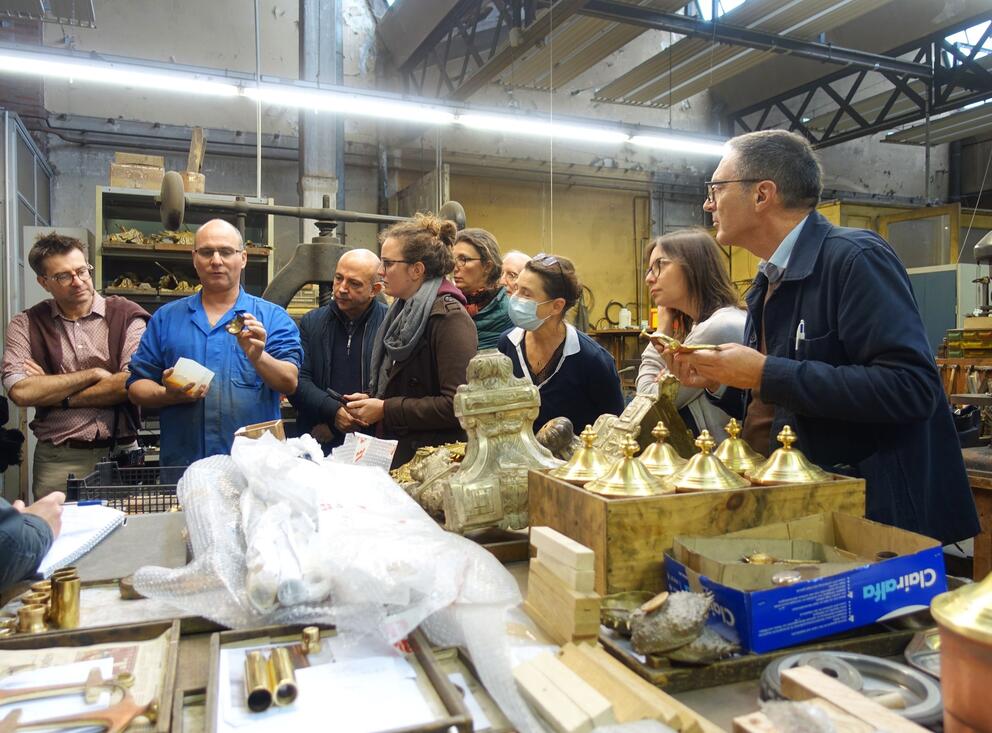
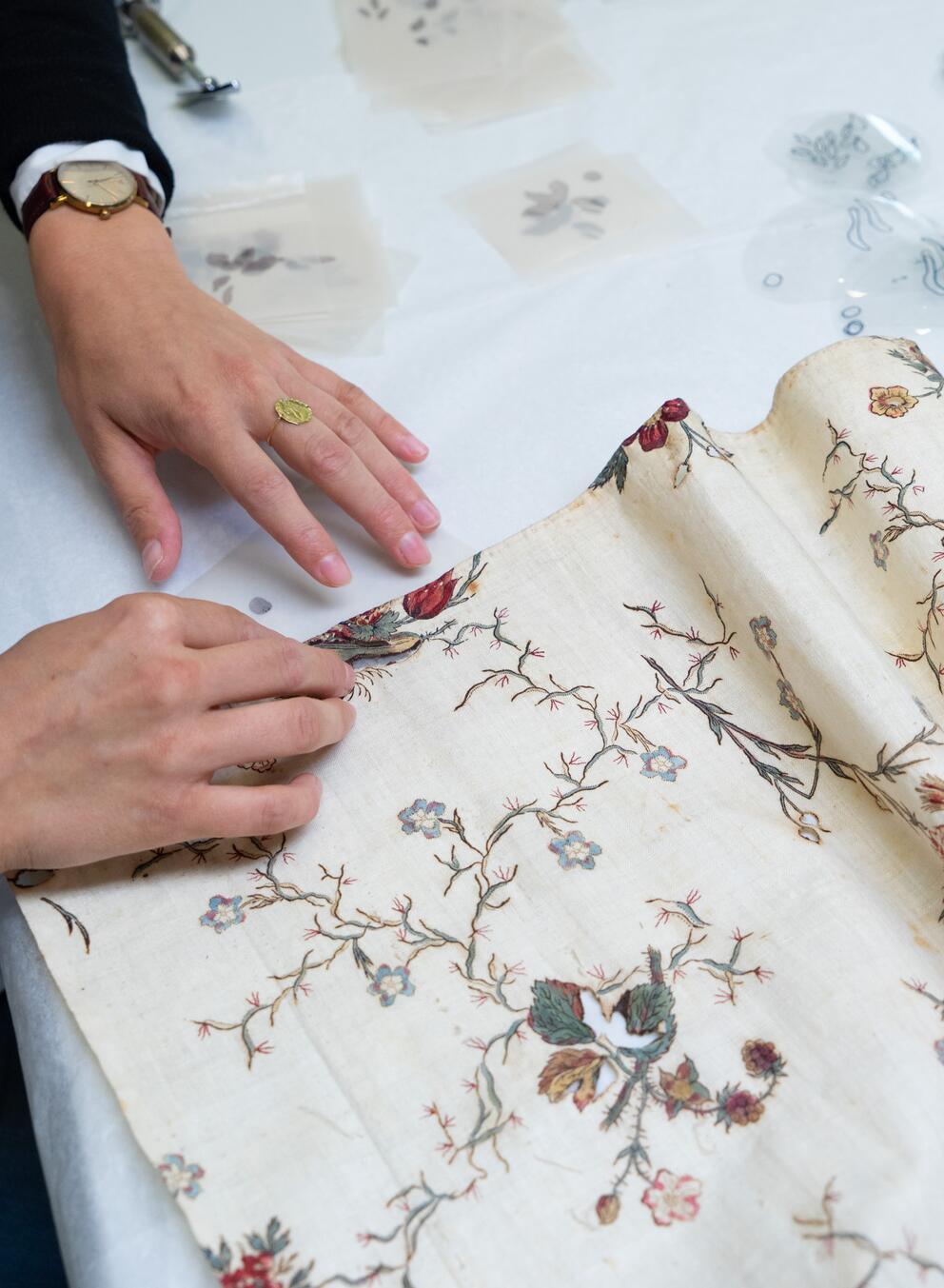
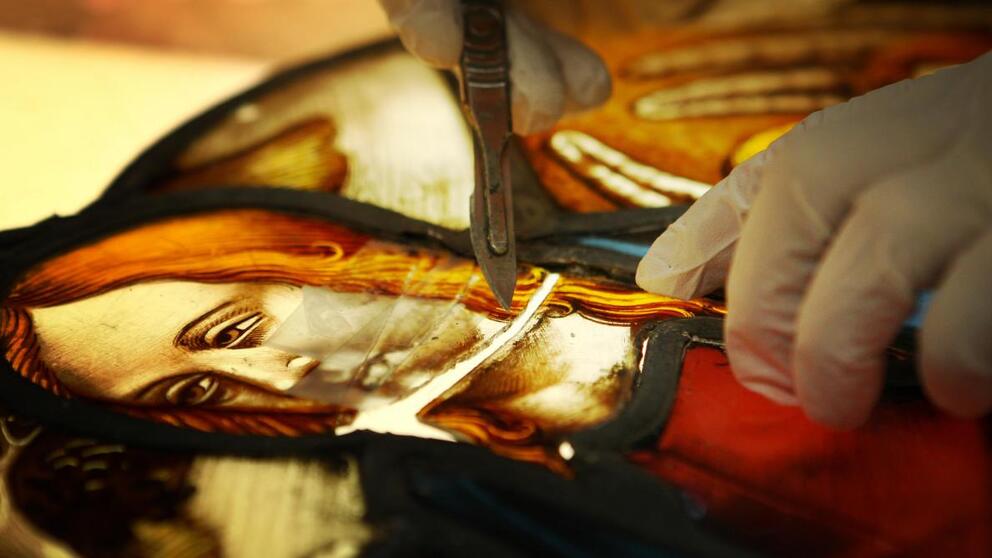


![Image extraite de la vidéo : La Fondation Culture & Diversité. (2018, 25 janvier). La Classe préparatoire intégrée à l’Institut national du patrimoine pour les conservateurs [Vidéo]. YouTube. https://www.youtube.com/watch?v=pmwSsRZgEGQ Image extraite de la vidéo : La Fondation Culture & Diversité. (2018, 25 janvier). La Classe préparatoire intégrée à l’Institut national du patrimoine pour les conservateurs [Vidéo]. YouTube. https://www.youtube.com/watch?v=pmwSsRZgEGQ](/sites/default/files/styles/992xauto/public/media/2023-06/capture-decran-2023-06-30-a-10.55.19.png?itok=Xs33GRyh)